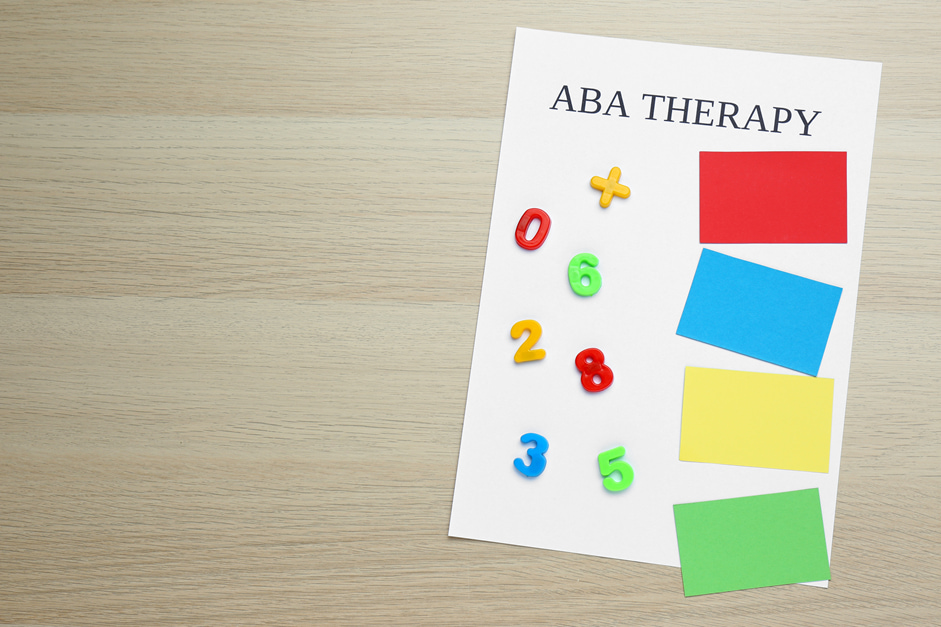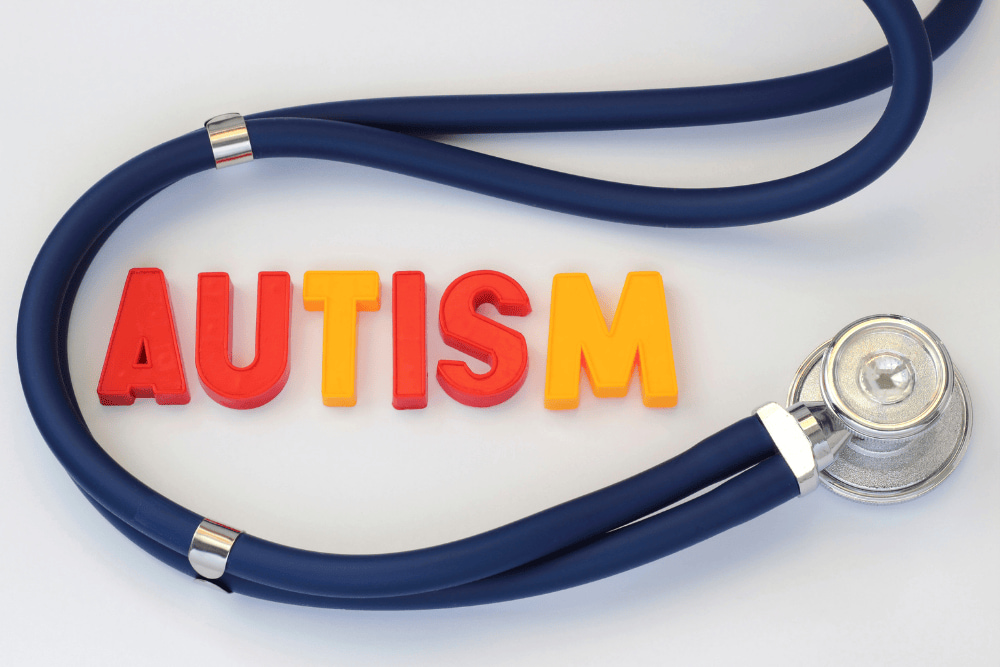
Understanding Autism Assessment Tools
When assessing individuals for autism spectrum disorders, various tools are utilized to gain a comprehensive understanding of their behaviors and developmental patterns. These assessment tools play a critical role in identifying and diagnosing autism, determining appropriate interventions, and tracking progress over time.

Autism Diagnostic
Several standardized assessments are widely recognized in the evaluation of autism, including the Autism Diagnostic Interview-Revised (ADI-R), the Childhood Autism Rating Scale (CARS), and the Gilliam Autism Rating Scale (GARS).
Assessment ToolDescriptionKey FeaturesAutism Diagnostic Interview-Revised (ADI-R)A structured interview designed to gather detailed information from parents or caregivers about a child's behavior related to autism spectrum symptoms.Covers social interaction, communication, and restricted behaviors. (Empower Behavioral Health)Childhood Autism Rating Scale (CARS)A widely used tool for assessing the severity of autism spectrum symptoms through direct observation and caregiver information.Consists of 15 items on social interactions, communication, and repetitive behaviors; scores range from 15 to 60, with a cutoff of 30 for mild autism.Gilliam Autism Rating Scale (GARS)An assessment tool for screening and diagnosing autism spectrum disorders, involving input from parents, teachers, or caregivers.Includes three subscales: Stereotyped Behaviors, Communication, and Social Interaction, providing an overall rating of autism likelihood [1].
The CARS tool evaluates a child's behaviors against those of typically developing peers. Each behavior is rated from 1 to 4, where 1 signifies normal behavior for the child's age and 4 indicates severely abnormal behavior. A score of 30 is often used as a cutoff for diagnosing mild autism, but adjustments to this threshold may be needed to improve accuracy based on age and intellectual ability.
The ADI-R provides a detailed overview of an individual's behavior by focusing on various areas pivotal to autism assessment. The insights gained from these tools can significantly influence the determination of an autistic disorder and guide further evaluations related to asd levels and stages of autism.
Utilizing these assessment tools, healthcare professionals can better understand the unique challenges and strengths of individuals on the autism spectrum. This understanding fosters tailored approaches in treatment and support, ultimately enhancing the quality of life for those affected by autism.

References
[2]:


.jpg)





.png)



